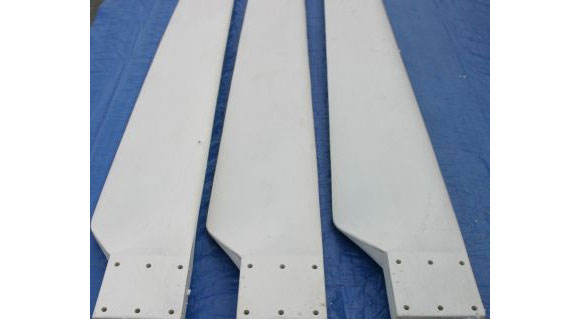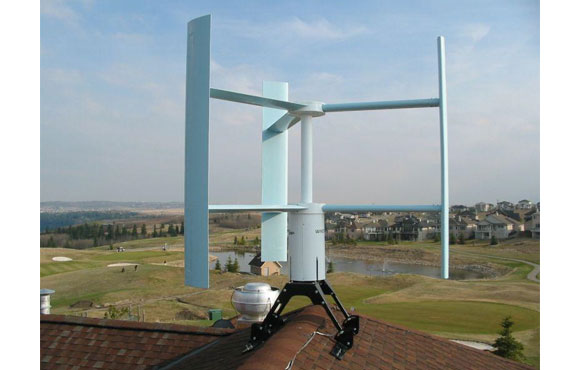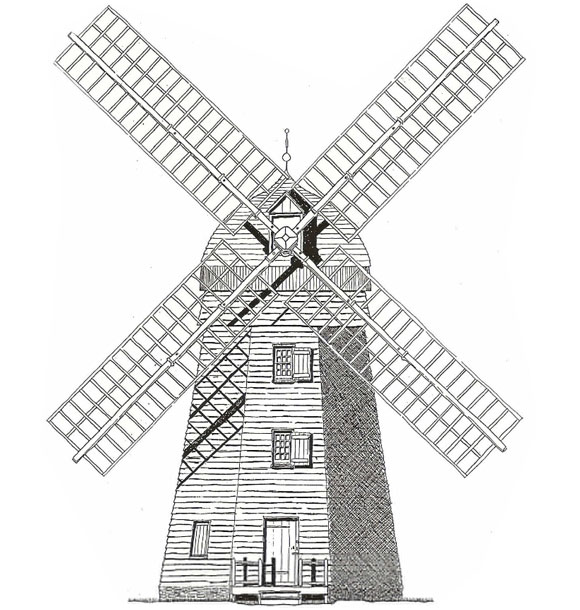The PVC generator blades are becoming more and more popular with domestic and homemade wind generators. It is quite easy to find raw PVC materials as they are relatively cheap. Even then, making the right blades from the PVC materials is the most challenging part of creating own wind generator. This is because the blades have to get exposed to very high stress when producing energy. To ensure that the blades withstand destructive vibrations, they must be made with high tolerances.
Why you need PVC for your wind generator blades?
First, PVC pipes are easily available and they are cost effective thus can be replaced easily upon damage. Secondly, the PVC materials are highly flexible thus reducing the risk of frequent damage as well as prevent wind turbines from over spinning. Lastly, they PVC pipes are easy to work with as lesser energy is required to cut them into the blade shapes that you may require. To make the best out of the PVC materials used to make blades, ensure that they are of the right thickness to ensure that the blades once created do not bend too much to hit the turbine mast.

How to make PVC wind generator blades?
1.) First, assembly all the tools you may need during the actual procedure. Then, measure the PVC pipe's circumference; you can use either a paper or a string to do that. Then, measure the pipe's length using a tape measure. Then, using the length measurements, divide the pipe into equal parts. You can decide to come up with four pieces. If your pipe measured say 16 inches and you need 4 pieces it means that each piece will be 4 inch long.
2.) Then using the tape measure again the pipe four times to show where the cuttings are to be made
3.) Next, wrap the pipe at one edge with a strip of paper that then make four marks around the paper to cover the circumference of the pipe. Armed with your hacksaw or jigsaw cut the pipe lengthwise using the marks you had previously made. Repeat this until you get the four pieces you had bargained for when you were marking the pipe. At the end of it all, you expect to come up with four pieces that have equal lengths, curvature and widths.
4.) Then from one corner of the four pieces, cut off about 2 inches and you will remain with a portion that is stable to mount the blade.
5.) Then starting from the corner that is on the opposite side of the cut corner, mark two inches. Next, create a straight line diagonally crossing the pipe from the place you marked to the other end of the pipe. Repeat this procedure for the other three pieces. On every pipe cut along the diagonal marks you made. With this, you will end up with triangular pieces that offer the windmill blade shape.
6.) Then, sand the blades to do away with the rough edges. Do this until all the four blades have smooth surfaces. With this, you will be ready to install into your wind generator. To create the surface, you will either need to bolt or screw the blades onto a hub preferably made of plywood. Alternatively, you can decide to use a car radiator fan and screw the blades onto the fan.
You may be required to coat the pieces with paint that is UV protective before installing the blades. Although the majority of PVC materials are strong enough to withstand a number of conditions, long exposure to UV rays will make them become brittle. The paint will ensure that the PVC material does not become brittle after some time of usage.






